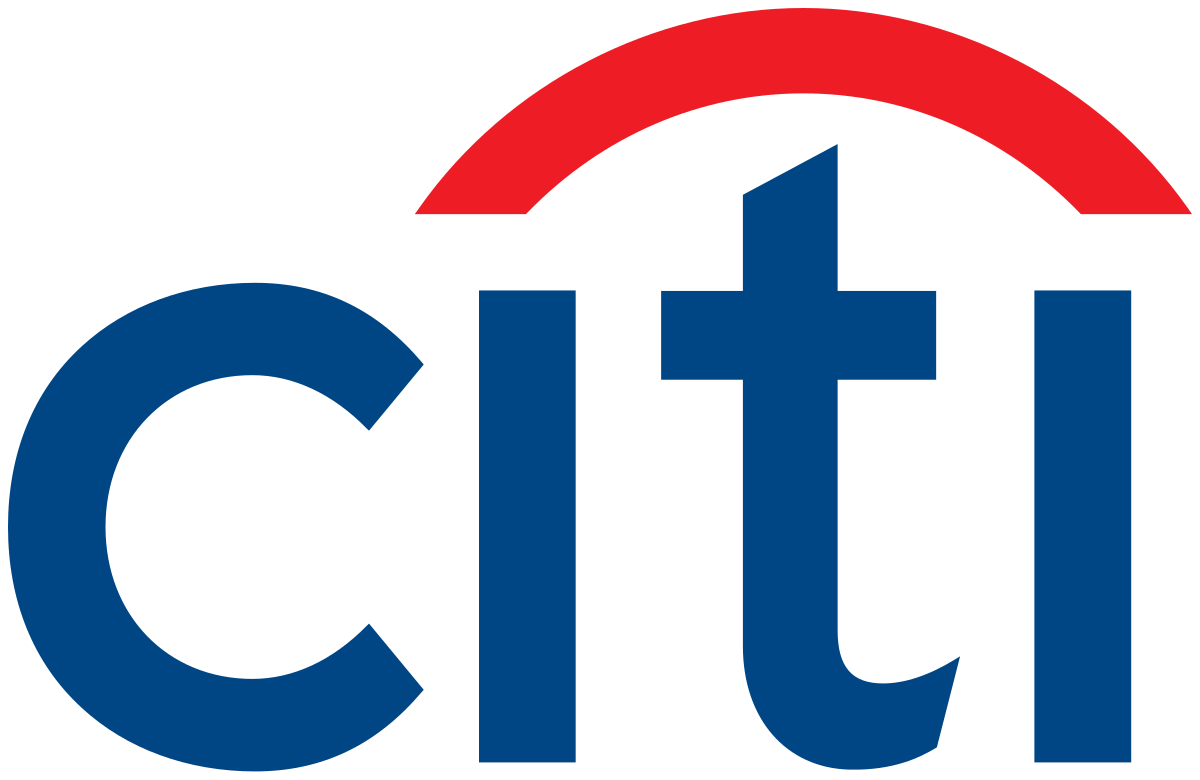GameStop’s weighting in some ETFs has more than doubled as the WallStreetBets campaign saw hedge funds suffer and the company’s share price surge.
GameStop’s valuation has skyrocketed since the start of the year rising as much as 1,915% to $372 a share on 27 January driven by an inpouring of support from retail investors.
At this point, the company established itself among the top holdings of ETFs such as the $212m Invesco FTSE RAFI US 1000 UCITS ETF (PRUS) and the $174m SPDR MSCI USA Small Cap Value Weighted UCITS ETF (USSC) with 1.3% and 1% weightings, respectively.
Courtesy of the inpouring of support from retail investors, the firm’s market cap surged to $24bn. At this level, the company would have ranked as the thirtieth largest stock on the FTSE 100 – ahead of Associated British Foods – according to AJ Bell.
Following this notable day-on-day growth, GameStop became the largest holding within both PRUS and USSC with its weightings more than doubling to 3% and 2.4% apiece.
Meanwhile, among US-listed ETFs the situation has been even more dramatic with the stock’s weighting in the Wedbush ETFMG Video Game Tech ETF (GAMR) and the SPDR S&P Retail ETF (XRT) soaring to 26.7% and 20%, respectively.
Analysts at Citi warned the dramatic rise of GameStop has significantly altered the “use case suitability” for these ETFs until rebalances take place later in the year.
If the price remains high when the scheduled rebalances take place, these ETFs could be forced to sell GameStop, potentially impacting the price.
“Note the ETFs where GameStop has become a much larger allocation following its sharp move. This may significantly change fund performance and use case suitability until rebalance dates,” Scott Chronert, managing director at Citi, stressed.
Short squeeze
The company’s recent run of momentum followed the arrival of three previously successful executives to its board, which acted as a tailwind for the multi-week rally which began on 13 January.
Russ Mould, investment director at AJ Bell, commented: “Although the past few days’ frenzied activity in GameStop is putting hedge funds, shorting and short-squeezes firmly back in the headlights, the most shorted stocks in America (and the UK) have been massively outperforming the wider benchmarks since last November,”
“This suggests that this was a professional hit first – hedge funds forcing other hedge funds out of their positions by squeezing share prices higher – with retail investors cottoning on and piling in second.”
IJR Australia’s biggest ETF winner from WallStreetBets
Regardless of where the rally began, the trajectory of GameStop shares only began making headlines as retail investors flocked to buy the stock en masse, in a deliberate short squeeze designed to harm the returns of hedge funds.
To that end the exercise has been a success, with Melvin Capital being forced to accept a $2.75bn bailout from its hedge fund peers, Citadel and Point72 Asset Management. So far, GameStop short-sellers have lost more than $5bn.
Concerns now turn to those holding GameStop. With its price overly inflated and platforms such as Robinhood and Trading 212 suspending buying on Thursday, the company’s shares have already dropped 44% as panicked investors rush to sell off and materialise their gains while they still exist.
Concerns also extend to the wider market and the period of volatility that many are predicting will ensue.
“No tears will be shed for hedge funds losing money – they should know and be able to manage the risks – but there are still potential knock-on effects which investors need to consider, especially in light of heavy losses in the mainstream American indices and the 60% overnight surge in the VIX index, or ‘fear’ index.” Mould added.
“That is a gauge of how much volatility traders expect in the US stock market in the next 30 trading days. The spike suggests that professional market participants are getting ready for a wild ride after a period of calm, especially as surges in the VIX tend to foretell of falls in the wider US stock market.”




